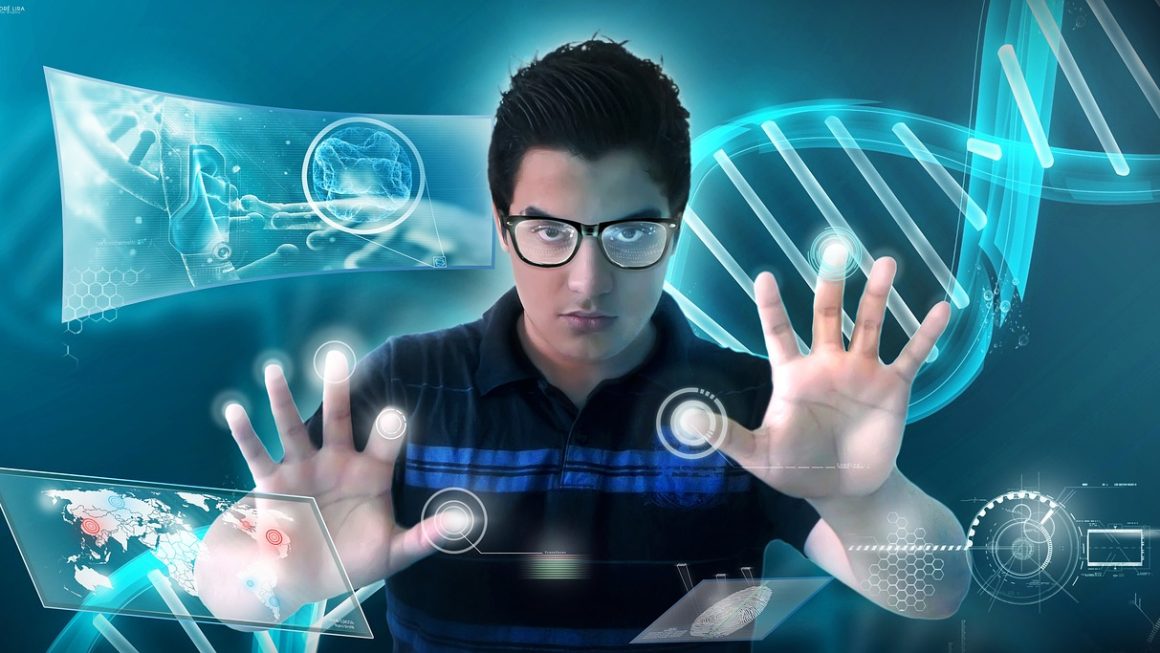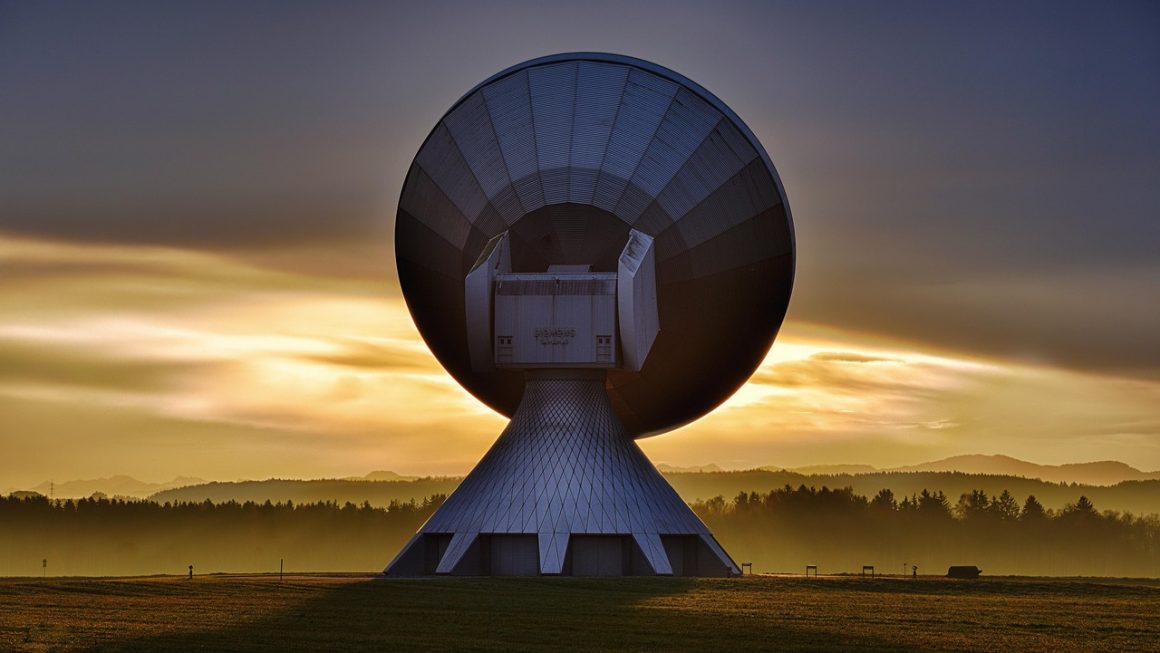Computer vision, once a futuristic concept relegated to science fiction, is now a pervasive technology transforming industries and shaping our daily lives. From self-driving cars to medical diagnostics and security systems, its ability to “see” and interpret images rivals human perception, opening up possibilities previously unimaginable. Understanding the core principles and applications of computer vision is crucial for anyone looking to leverage the power of artificial intelligence.
What is Computer Vision?
Computer vision is a field of artificial intelligence (AI) that enables computers to “see” and interpret visual information from the world, much like humans do. It aims to replicate the complex processes of the human visual system using algorithms and models, allowing machines to extract meaningful insights from images and videos.
Core Components of Computer Vision
- Image Acquisition: Gathering visual data through cameras, sensors, or existing image/video datasets. The quality of the input data significantly impacts the accuracy of the subsequent processing.
- Image Processing: Enhancing and preparing images for analysis. This involves techniques like noise reduction, contrast adjustment, and color correction to improve image quality and highlight relevant features.
- Feature Extraction: Identifying and isolating distinctive characteristics within an image, such as edges, corners, textures, and shapes. These features serve as the building blocks for understanding the image’s content. Popular feature extraction techniques include:
Edge Detection: Identifying boundaries between objects or regions.
Corner Detection: Locating points with significant changes in intensity in multiple directions.
Texture Analysis: Characterizing the visual patterns and surface properties of an image.
- Object Detection: Locating specific objects within an image or video. This typically involves training machine learning models to recognize patterns and classify objects within predefined categories.
- Image Classification: Assigning an image to a predefined category based on its content. This is often the first step in many computer vision applications.
How Computer Vision Differs from Image Processing
While often used interchangeably, computer vision and image processing are distinct but related fields. Image processing focuses on manipulating and enhancing images to improve their visual quality or extract specific information. Computer vision, on the other hand, uses these processed images to understand and interpret the scene, ultimately enabling machines to make decisions based on visual input. Essentially, image processing is a tool used within the broader scope of computer vision.
Key Techniques in Computer Vision
Several core techniques power computer vision applications, each offering unique capabilities.
Convolutional Neural Networks (CNNs)
CNNs are a type of deep learning algorithm specifically designed for processing image data. They excel at automatically learning relevant features from images through convolutional layers, pooling layers, and fully connected layers.
- Convolutional Layers: Detect local patterns within images using learnable filters.
- Pooling Layers: Reduce the dimensionality of the feature maps, making the model more efficient and robust to variations in the input.
- Fully Connected Layers: Combine the extracted features to make a final classification or prediction.
CNNs are used for:
- Image Classification: Determining the category of an image (e.g., cat vs. dog).
- Object Detection: Identifying the location and category of multiple objects within an image (e.g., identifying cars and pedestrians in a street scene).
- Image Segmentation: Dividing an image into distinct regions based on their content (e.g., separating the foreground from the background).
Object Detection Algorithms
Object detection goes beyond simple image classification by identifying and localizing multiple objects within a single image. Prominent algorithms include:
- YOLO (You Only Look Once): Known for its speed and efficiency in real-time object detection. It divides an image into a grid and predicts bounding boxes and class probabilities for each grid cell.
- Faster R-CNN: A two-stage detector that first proposes regions of interest and then classifies those regions. It offers high accuracy but can be slower than YOLO.
- SSD (Single Shot MultiBox Detector): Another single-stage detector that balances speed and accuracy, making it suitable for many real-world applications.
- Practical Example: In autonomous driving, object detection algorithms are crucial for identifying pedestrians, vehicles, traffic signs, and other obstacles, allowing the car to navigate safely.
Image Segmentation Techniques
Image segmentation involves partitioning an image into multiple regions or segments based on specific criteria, such as color, texture, or semantic meaning. Key techniques include:
- Semantic Segmentation: Classifying each pixel in an image into a specific category (e.g., classifying pixels as road, sky, or building).
- Instance Segmentation: Detecting and segmenting each individual instance of an object in an image (e.g., distinguishing between multiple cars in a street scene).
- Practical Example: Medical imaging uses image segmentation to isolate and analyze tumors or other abnormalities in scans, aiding in diagnosis and treatment planning.
Applications of Computer Vision Across Industries
Computer vision is no longer confined to research labs; it’s actively deployed across a wide range of industries.
Healthcare
- Medical Image Analysis: Assisting doctors in diagnosing diseases from X-rays, MRIs, and CT scans. Computer vision can identify subtle anomalies that might be missed by the human eye.
- Robotic Surgery: Guiding surgical robots with enhanced precision and accuracy, improving patient outcomes.
- Drug Discovery: Accelerating the process of drug discovery by analyzing images of cells and molecules.
- Example: AI-powered algorithms can detect early signs of lung cancer from chest X-rays with higher accuracy than radiologists, potentially saving lives.
Manufacturing
- Quality Control: Inspecting products for defects automatically, ensuring high standards of quality.
- Predictive Maintenance: Identifying potential equipment failures before they occur by analyzing visual data from sensors.
- Robotics Automation: Enabling robots to perform complex tasks with greater autonomy and precision.
- Example: Computer vision systems can detect microscopic defects on electronic components with greater speed and accuracy than manual inspection, reducing waste and improving product reliability.
Retail
- Inventory Management: Monitoring stock levels on shelves using cameras and image analysis, optimizing inventory and reducing stockouts.
- Customer Behavior Analysis: Understanding how customers interact with products in stores by tracking their movements and gaze.
- Personalized Shopping Experiences: Recommending products to customers based on their visual preferences.
- Example: Amazon Go stores use computer vision to track what shoppers pick up and automatically charge their accounts, eliminating the need for checkout lines.
Security and Surveillance
- Facial Recognition: Identifying individuals in real-time, enhancing security in airports, banks, and other high-security areas.
- Anomaly Detection: Identifying unusual events or behaviors in surveillance footage, such as suspicious activity or unauthorized access.
- License Plate Recognition: Automatically identifying vehicles based on their license plates, enabling efficient traffic management and law enforcement.
- *Example: Facial recognition systems can automatically unlock smartphones and laptops, providing a convenient and secure alternative to passwords.
Challenges and Future Trends in Computer Vision
Despite its advancements, computer vision still faces several challenges.
Data Requirements
Deep learning models used in computer vision often require vast amounts of labeled data to train effectively. Obtaining and labeling this data can be expensive and time-consuming.
- Solution: Techniques like data augmentation, transfer learning, and semi-supervised learning are being developed to reduce the reliance on large labeled datasets.
Robustness and Generalization
Computer vision systems can be sensitive to variations in lighting, pose, and viewpoint. They may struggle to generalize to new environments or objects that they haven’t seen before.
- Solution: Developing more robust models that are invariant to these variations is an active area of research. Generative Adversarial Networks (GANs) are also used to create synthetic training data that can improve generalization.
Ethical Considerations
The use of computer vision, particularly facial recognition, raises ethical concerns about privacy, bias, and potential misuse.
- Solution: Developing responsible AI practices, including data privacy regulations, bias mitigation techniques, and transparency in algorithms, is crucial to address these concerns.
Future Trends
- Explainable AI (XAI): Developing methods to understand and interpret the decisions made by computer vision models.
- Edge Computing: Deploying computer vision algorithms on edge devices (e.g., smartphones, cameras) to reduce latency and improve privacy.
- Self-Supervised Learning: Training models on unlabeled data to learn useful representations without explicit supervision.
Conclusion
Computer vision is a rapidly evolving field with the potential to revolutionize many aspects of our lives. By understanding its core principles, techniques, and applications, you can begin to leverage its power to solve complex problems and create innovative solutions. As the technology continues to advance, it’s crucial to stay informed about the latest developments and address the ethical considerations to ensure that computer vision is used responsibly and for the benefit of society. The future of computer vision is bright, with exciting possibilities on the horizon.




